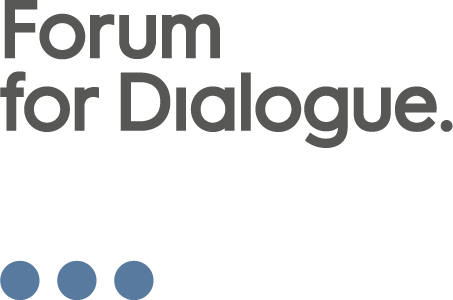I was conducting research in preparation for writing a monograph on Radomyśl Wielki county. More than half of the population before World War II was Jewish, for a period of time more Jews than Christians had lived in town, so my book had to cover this topic as well. I am not originally from Radomyśl, so I had no idea about local Jewish history, there were no family stories about them, it was all new to me. I remember my shock and disbelief when I learned how the Holocaust happened in Radomyśl. I am an empathetic historian so I spent hours walking around the old Jewish cemetery, where few matzevot remain, but there are two mass graves from the times of Shoah that are clearly visible. I gathered a lot of information through conversations with local residents. Step by step, the images of both a pre-war and wartime Radomyśl, started to appear. I hold a PhD in historical studies. Both my MA thesis and doctoral dissertation discussed the topic of Delegates of Polish Government- in-exile in World War 2. I am a (middle school) teacher by profession and history is my only great passion. I enjoy traveling very much, especially to places which I had rad about beforehand. I avoid crowds, I prefer to contemplate places I visit by myself, instead of joining group tours, as I find the latter tiring and dull. I am very active. Promoting history of the Jewish community among students or maintaining a Jewish cemetery seem a natural thing for me to do, not anything out of the ordinary.
Maria Przybyszewska
Radomyśl Wielki




